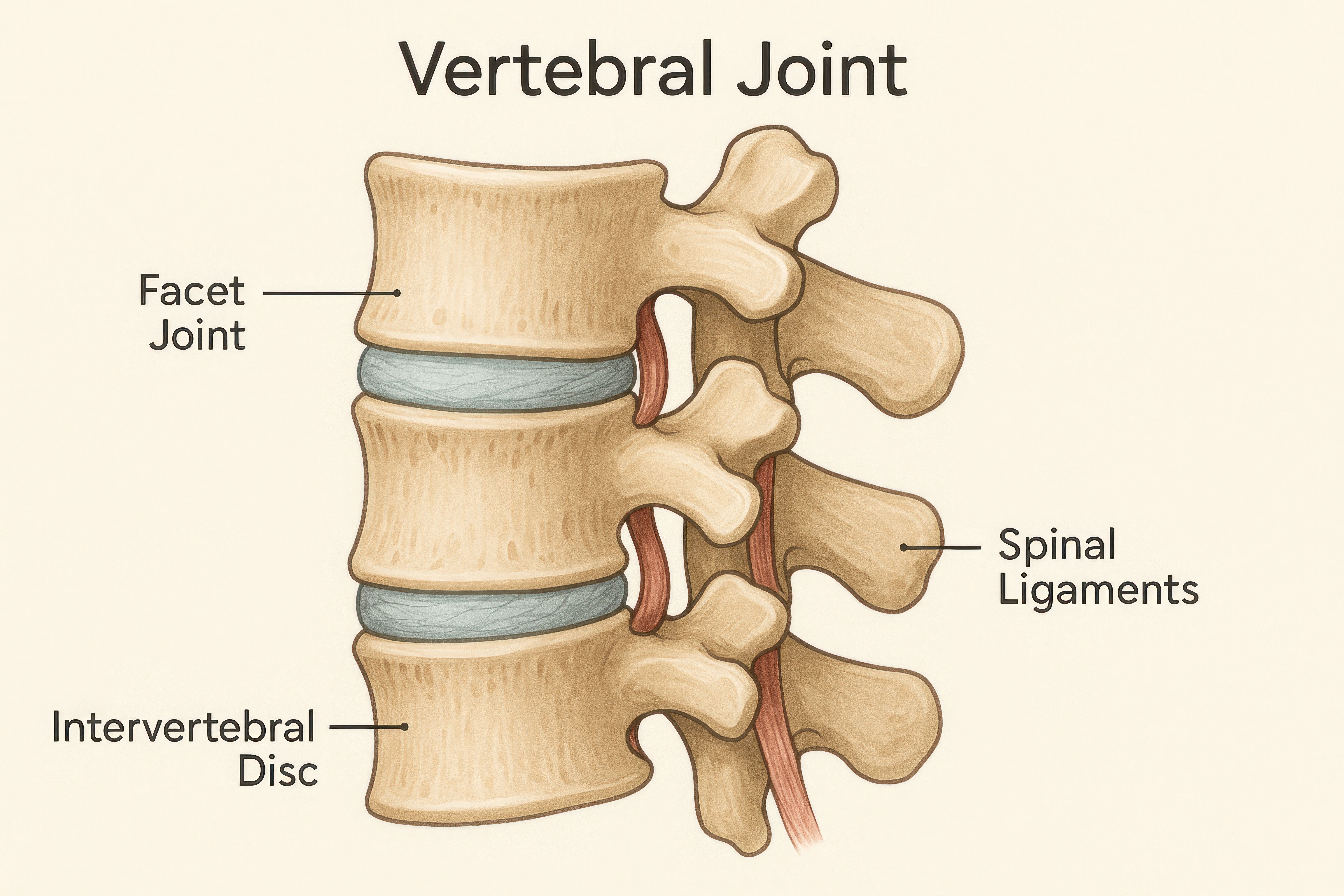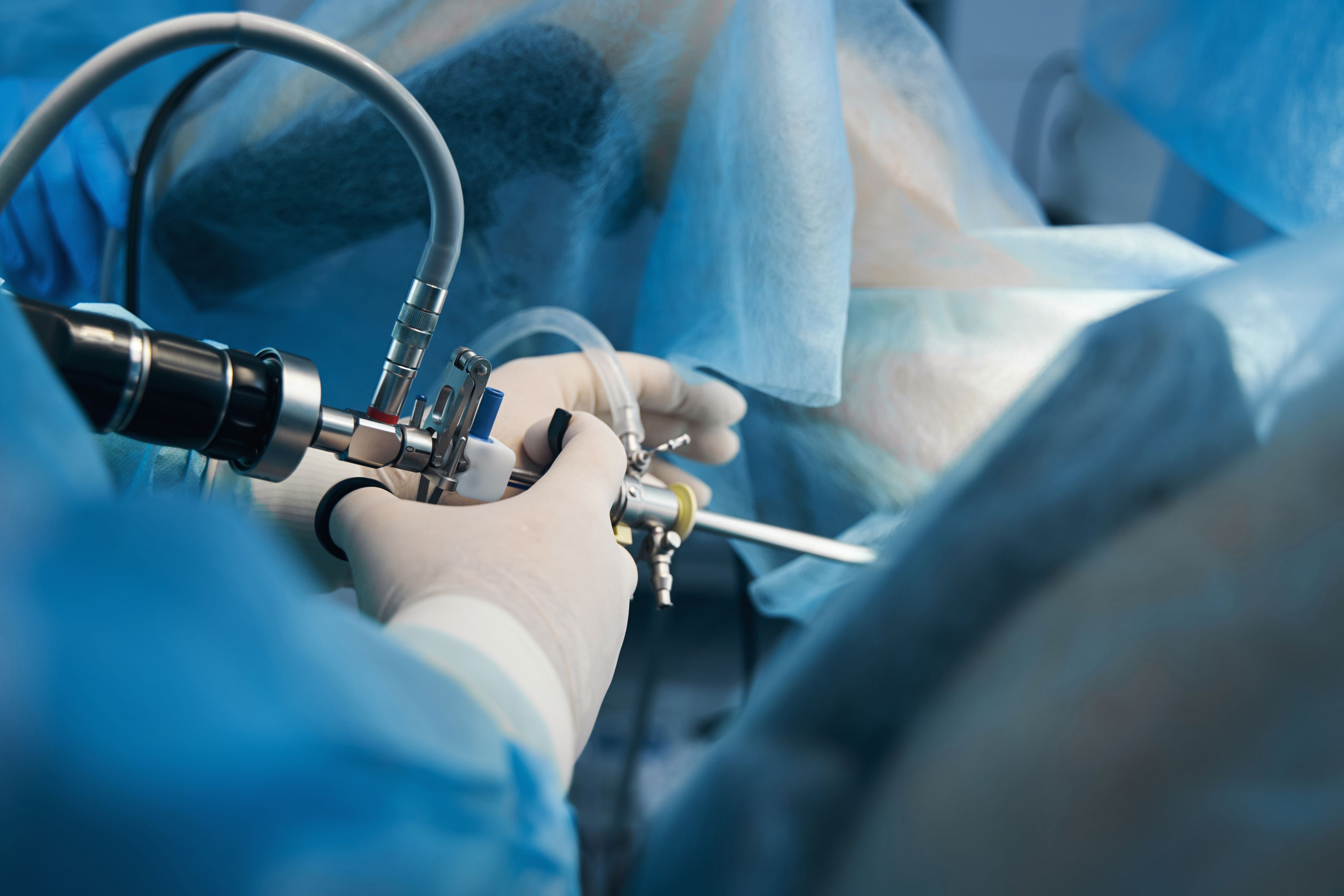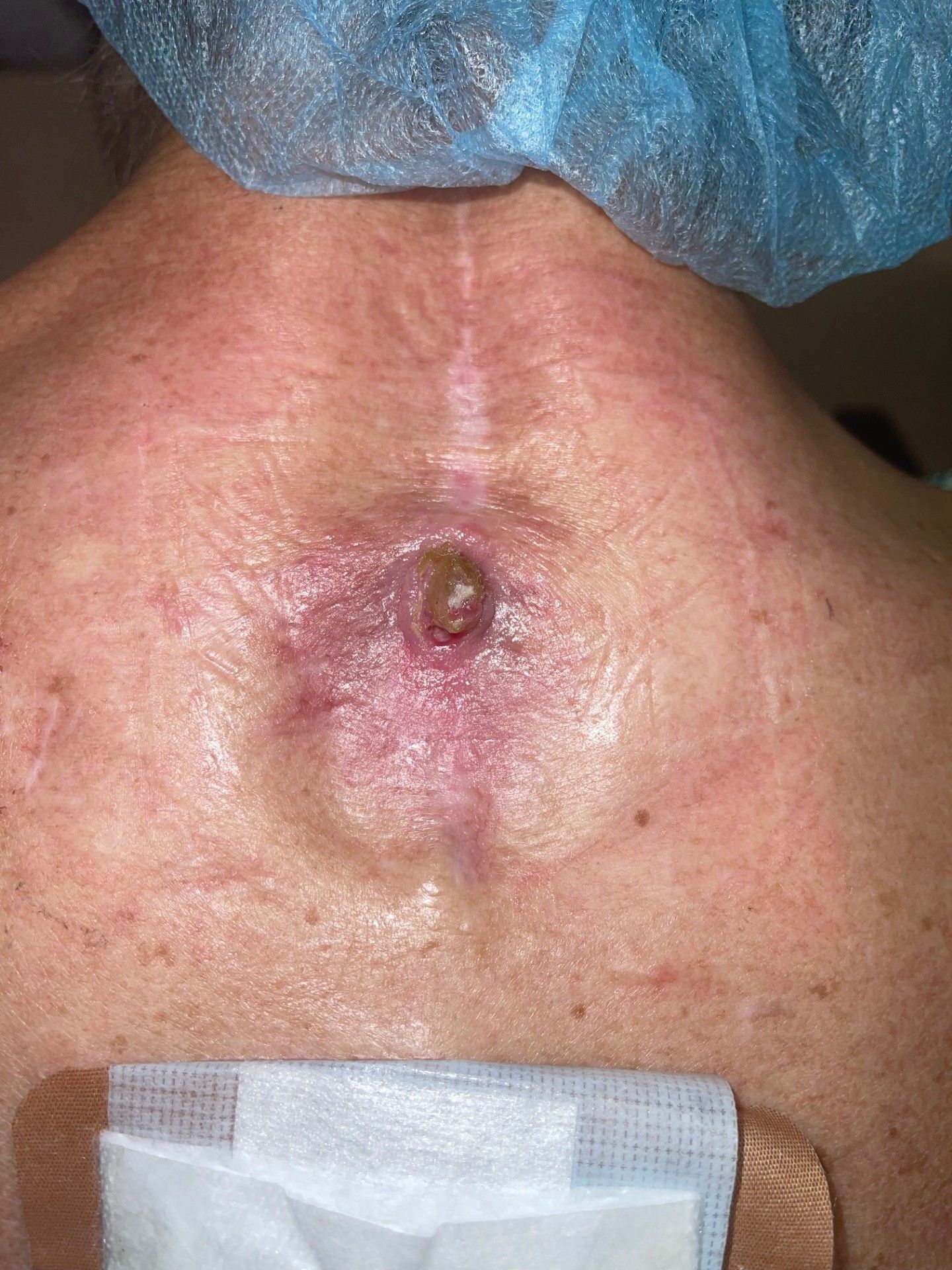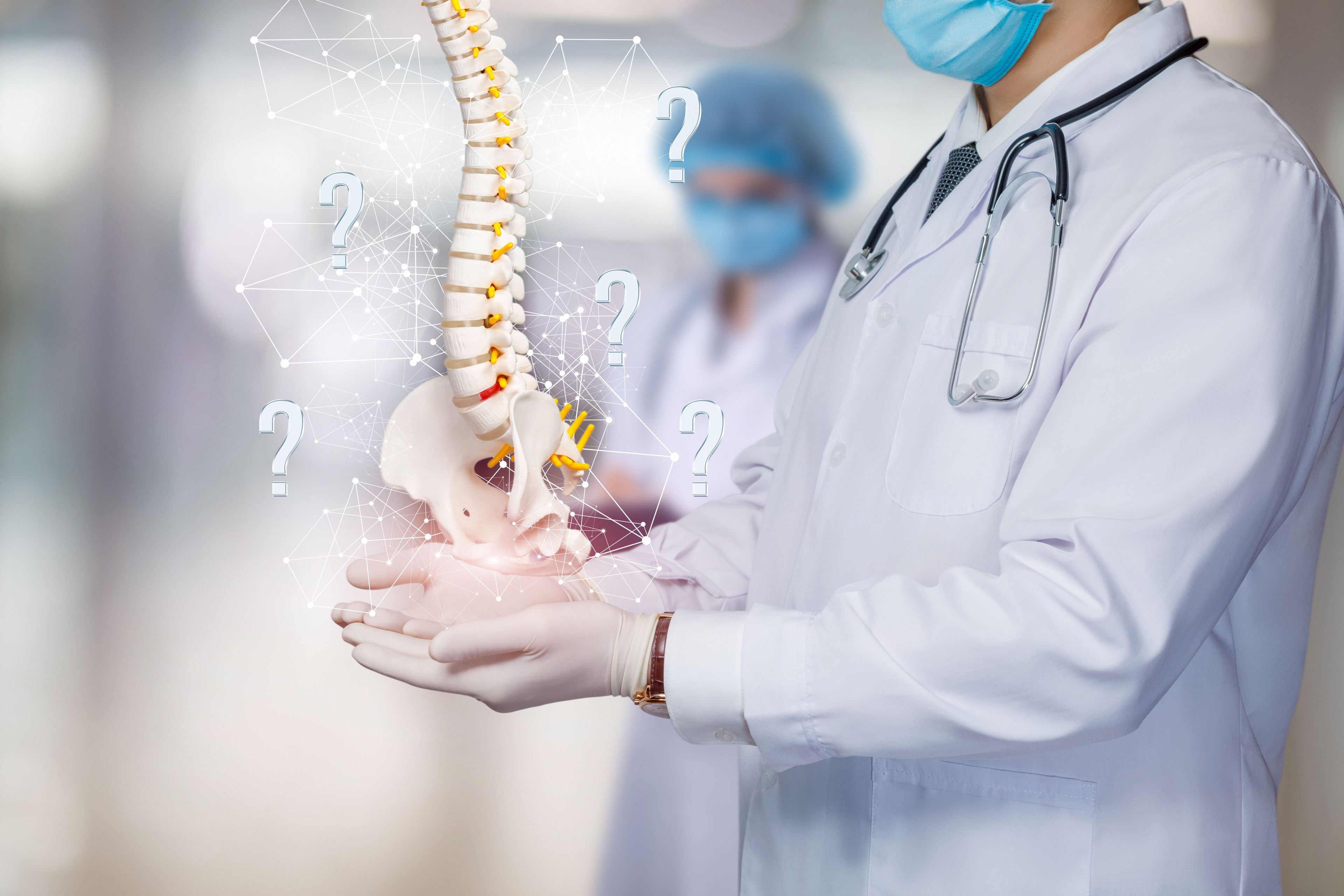If you have been recommended for spinal surgery you are not alone — it is estimated that over 1.5M were performed in 2024. That’s a huge amount of invasive spine surgeries with a 64% infection rate. As a patient advocate for my entire career, that is an alarming number indicating the possibility of a large number of spine surgeons whose surgical techniques may be flawed.
In today's article, we’re sharing the top eight questions to ask you spine surgeon before deciding on fusion or other invasive spine surgeries.
8 QUESTIONS (AND ANSWERS)
- Besides the vertebrae being fused, how will this surgery affect the surrounding muscles and ligaments?
[All spinal surgeries are invasive, cutting into muscle and ligaments to access the spine for placement of hardware. This damage results in scar tissue formation that can be extremely painful]

- Will you be removing facet joint and/or discs?
[Many surgeries such a facetectomy or discectomy remove your facet joints and discs to relieve pressure on the spine. You actually lose pieces of your spine. Our patented procedure, a Deuk Plasma Rhizotomy® treats the spinal pressure using an endoscopic laser to burn away the pain nerves so a facetectomy is not needed. The Deuk Laser Disc Repair®, our patented procedure for treating bulging and herniated discs and degenerative disc disease takes the place of a discectomy. A 1/4” incision is made in the back or neck, an endoscopic laser is used to remove the herniated tissue causing the pain and burn away the pain nerves to eliminate the pain forever. ]

- Will you be removing bone or compromising healthy bone?
[In most spinal surgeries and 100% of all fusions healthy bone is compromised. See our most recent blog posts for all the ways healthy spinal bone is damaged during a fusion, putting patients at risk for failed back surgery syndrome and adjacent segment disorder.]
- What is the infection rate for the patients you have performed surgery on?
[Knowing that there is a reported 64% infection rates with lumbar fusion surgery, be sure to understand your surgeon’s statistics. Their infection rate should be between 1-3%.]

- Is minimally invasive spine surgery (MISS) safer?
[MISS uses a smaller incision, which can reduce muscle damage and scarring. However, the fundamental procedure of fusing vertebrae and metal hardware replacement remains the same, along with its associated long-term complications.]
- Will I have same spinal flexibility after the fusion?
[Spinal flexibility is lost to a certain degree with a fusion; after all vertebral bone are being fused together. The more levels being fused the more limited a patient will be in terms of spinal flexibility.]
- What is your specific protocol for pain management immediately after surgery and in the following weeks? How hard it is to quit narcotics?
[Strong narcotics are prescribed immediately following surgery because the intense pain that comes with such invasive procedures. The human brain and body become addicted quite quickly and the results are damaging: constipation for the course of the painkiller regimen and beyond, depression of breathing, nausea and vomiting, and withdrawal is a painful process that can take up to a week. It’s important to know your surgeons philosophy on pain medication and the recommended treatment regimen and follow-up.]
- What physical limitations should I expect in the first year? When can I realistically expect to return to work, driving, or my favorite hobbies?
[Most fusions take upwards of 6 months to a year for a full recovery. Infections, nerve damage, blood clots, and other surgical complications can push recovery times well beyond the year mark, with the trigger effect of extending return to work dates and lost wages.]
PATIENT ADVOCACY + SAFETY
Having performed thousands of fusion surgeries early in my career, I became aware of the devastation these surgeries caused patients and was determined to find a better way to treat, and ultimately eliminate, back and neck pain.
The outcome was the development of the Deuk Laser Disc Repair (DLDR). It offers a safer alternative to fusion, and doesn’t carry the inherent risk of complications, as it avoids the muscles, nerves, ligaments, tendons, and joints.
No drilling. No muscle or ligament damage. No hardware. Pain-free in one hour.
DLDR is a minimally invasive form of endoscopic spine surgery performed in a modern surgery center under sedation, allowing patients to relax during the procedure. The procedure is done endoscopically using a high-definition camera inserted through a tiny 4mm incision to view the injured area. DLDR uses a precision laser to vaporize the herniated tissue. Fascia, muscles, ligaments, or bone are not damaged or removed. Fusions and artificial discs are not necessary. After surgery, our patients wake up to immediate relief and a surgical scar so small that the surgeon we can cover it with a Band-aid
MAKING AN INFORMED DECISION
Before moving forward, talk openly with your surgeon about all your options, the reasons for their recommendation, and what you can realistically expect. Seeking a second opinion from another qualified specialist can also provide a broader perspective, helping you make the most informed decision for your health.
